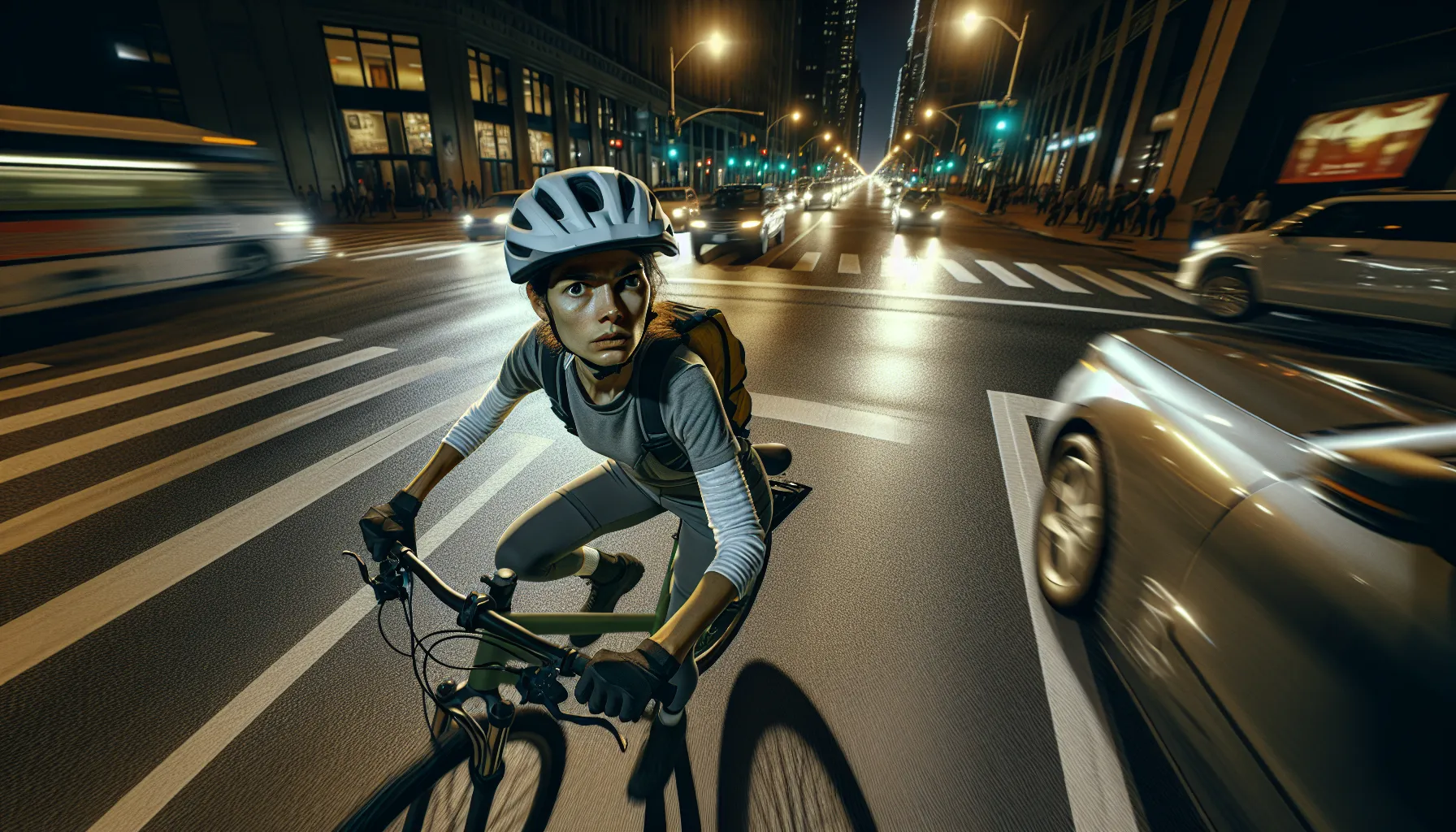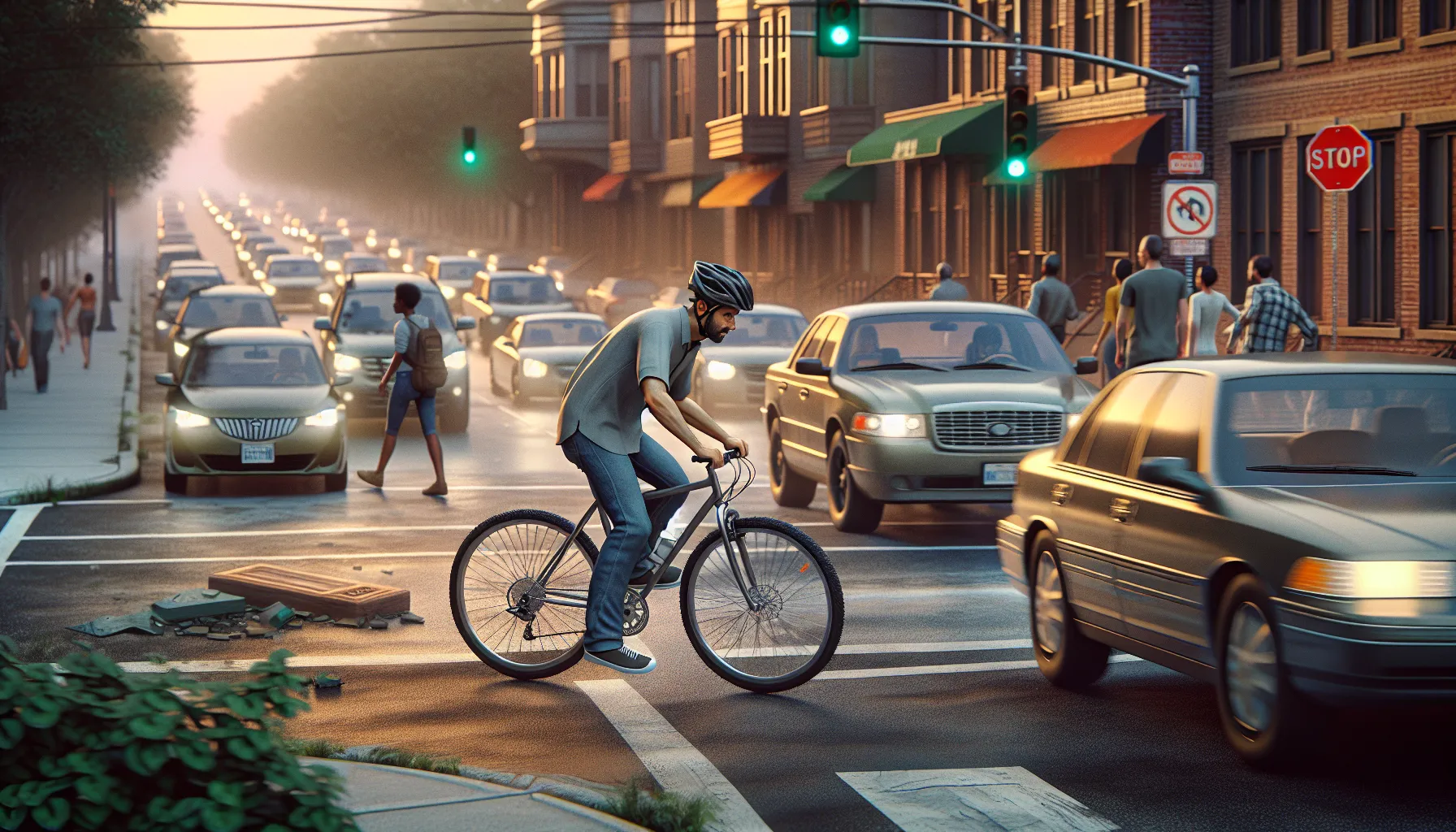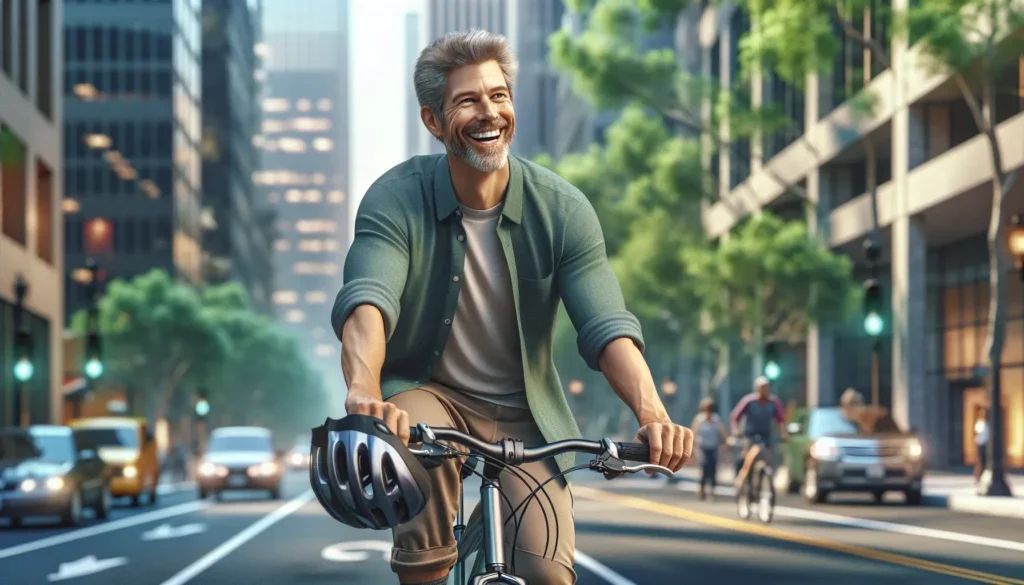Can You Get a DUI on a Bike? Understanding the Laws and Risks in Your State
Key Takeaways
- Biking under the influence can lead to DUI charges, depending on your location and local laws.
- Some states classify bicycles as vehicles, making them subject to DUI regulations, while others impose different penalties like public intoxication or reckless behavior.
- Blood Alcohol Concentration (BAC) limits for cyclists are often the same as for drivers, typically 0.08%, with stricter limits in certain states like Utah.
- Cycling while intoxicated poses significant safety risks, including impaired coordination, slower reaction times, and an increased likelihood of accidents.
- Penalties for biking under the influence may include fines, mandatory substance abuse programs, or community service, with escalating consequences for repeat violations.
- To avoid legal and safety issues, consider rideshare services, public transit, or walking if you’ve been drinking, and always plan ahead for responsible travel.
I’ve always thought of biking as a great way to get around—good for the environment, good for my health, and no need to worry about traffic jams. But one question has always lingered in my mind: can you actually get a DUI while riding a bike? It seems like a gray area, right? After all, you’re not behind the wheel of a car.
The idea of being stopped on a bike for drinking might sound surprising, but laws can be tricky. Depending on where you live, the rules about biking and alcohol might be stricter than you’d expect. It’s worth knowing what you’re up against before pedaling off after a drink or two. Let’s dive into what the law says and how it could affect you.
Understanding DUIs And Their Purpose
DUIs, or Driving Under the Influence laws, regulate the operation of vehicles while impaired by alcohol or drugs. They’re designed to protect public safety by preventing accidents caused by impaired judgment and reduced reaction times. These laws apply to motorized vehicles in most situations but can sometimes extend to other forms of transportation, depending on jurisdiction.
The primary goal of DUIs is to deter risky behavior and enhance road safety for everyone. By enforcing penalties like fines, license suspension, or even jail time, authorities aim to reduce incidents of crashes and injuries tied to impaired operation. Though the term “driving” is often associated with cars, various laws use broader definitions to encompass any form of vehicle operation, including bicycles in some areas.
Legal Perspectives On Getting A DUI On A Bike

Getting a DUI on a bike can depend on specific local laws. Understanding these regulations ensures safer, more responsible biking practices.
DUI Laws Vary By State
DUI laws differ greatly between states. Some states, like California and Oregon, explicitly apply DUI laws to bicycles, treating them similarly to motorized vehicles. Others, such as South Dakota, exclude bicycles from DUI statutes but may charge riders under public intoxication or reckless behavior laws. Local law enforcement interpretations also vary, adding complexity to this issue.
State laws commonly define DUI with a 0.08% blood alcohol concentration (BAC) limit, even for cyclists where DUIs apply. However, states like Utah enforce a stricter 0.05% BAC limit across all vehicles, including bikes in DUI cases. It’s crucial to check your state’s statutes to determine if biking under the influence invokes DUI penalties.
Bicycles As Vehicles Under The Law
Many states classify bicycles as vehicles within traffic codes. For instance, Florida and Idaho define bicycles as vehicles, requiring cyclists to adhere to the rules of the road. This classification can lead to DUIs, as vehicle operators fall under impaired-driving laws.
In jurisdictions where bikes aren’t legally vehicles, cyclists may still face penalties for endangering themselves or others. For example, they could be charged with civil offenses like creating traffic hazards instead of DUIs. Regardless of the classification, biking while impaired may have legal and safety repercussions.
Examples Of DUI Cases Involving Bikes

DUI cases involving bikes highlight the legal implications of cycling while under the influence of alcohol or drugs. These examples show how laws are enforced and interpreted in different jurisdictions.
Notable Legal Precedents
One well-known case occurred in California, where a cyclist was convicted of a DUI after exhibiting erratic behavior and failing a field sobriety test. California law treats bicycles as vehicles, so DUI statutes apply directly to riders. Another precedent comes from Oregon, where the state Supreme Court upheld a DUI charge against a cyclist for having a blood alcohol concentration (BAC) above the legal limit of 0.08%.
In New York, courts have taken a different position by ruling that bicycles aren’t motor vehicles under DUI laws. However, cyclists in New York can still face charges for public intoxication or reckless endangerment if they’re riding dangerously. Cases like these demonstrate how jurisdiction-specific interpretations significantly influence DUI enforcement for cyclists.
Real-Life Scenarios
In 2022, a cyclist in Florida was stopped after weaving dangerously through traffic. Upon investigation, police determined the rider had consumed alcohol beyond the legal BAC limit, leading to a DUI charge. Since Florida defines bicycles as vehicles under state law, the cyclist faced similar penalties to those given to intoxicated drivers.
Another incident in Colorado involved a commuter who collided with a pedestrian while cycling under the influence. The cyclist, arrested shortly after the collision, admitted to drinking alcohol prior to riding. Colorado’s DUI laws, which include bicycles, resulted in fines and mandatory alcohol treatment programs for the offender.
These scenarios illustrate the risks and legal consequences of biking while impaired. Laws can vary widely, so understanding local regulations remains essential for all cyclists.
Risks Of Riding A Bike Under The Influence

Cycling under the influence increases danger to you and others. Impairment affects judgment, coordination, and reaction times, leading to potential accidents and legal issues.
Safety Concerns
Alcohol impairs motor skills critical for maintaining balance on a bike. Reduced coordination increases the likelihood of falls or collisions, particularly in areas with traffic, pedestrians, or obstacles. Poor judgment and slower reaction times can cause issues like ignoring traffic signals or misjudging vehicle speed, putting you and others at risk. Riding at night or in bad weather amplifies these dangers when impaired.
Legal Consequences
Many jurisdictions impose penalties for biking while intoxicated. DUIs or alternative charges like reckless behavior or public endangerment often apply. Fines, community service, or mandatory substance abuse programs may result if convicted. Some states, such as California and Oregon, treat bicycles as vehicles under DUI laws, holding cyclists to the same BAC limits and rules as drivers. In others, less specific penalties address unsafe behavior on a bike. Repeat offenses can escalate consequences regardless of local definitions.
Steps To Stay Safe And DUI-Free While Biking
Staying safe and avoiding legal complications while biking requires planning and awareness. Exploring alternatives and encouraging responsible choices make biking enjoyable and secure.
Alternatives To Riding While Intoxicated
Choosing safe alternatives can prevent accidents and legal issues. Using rideshare services, like Uber or Lyft, offers quick and reliable transport. Asking a sober friend for a ride ensures safety and avoids impaired biking. Walking home can be a practical option if the distance is manageable. Public transportation, available in many cities, provides another way to travel responsibly after drinking.
Securing your bike before heading home allows you to retrieve it later when safe. Lock it properly in a visible, authorized parking area to avoid theft.
Promoting Responsible Behavior
Encouraging responsible decisions fosters a safer biking culture. Planning ahead before drinking helps avoid risky situations, such as riding while intoxicated. Hydrating and pacing alcohol consumption support better decision-making. Informing your friends or group about safe practices reinforces positive habits.
Sharing knowledge about local laws related to biking under the influence promotes awareness. Being a role model by choosing alternatives to biking when impaired motivates others to act responsibly.
Conclusion
Biking is a wonderful way to stay active and eco-friendly, but mixing alcohol with cycling can lead to serious risks and legal trouble. Understanding local laws and making responsible choices can help you avoid unnecessary consequences and stay safe on the road. It’s always better to plan ahead and explore alternatives if you’ve been drinking. By doing so, you’re not just protecting yourself but also contributing to a safer and more responsible biking community.
Frequently Asked Questions
Can you get a DUI on a bike?
Yes, depending on your location, you can get a DUI while riding a bike. Many states classify bicycles as vehicles, meaning DUI laws apply if you’re over the legal blood alcohol concentration (BAC) limit. In other states, cyclists may face charges like reckless behavior or public intoxication instead.
What is the BAC limit for biking under the influence?
Most states have a BAC limit of 0.08%, but some states, like Utah, enforce stricter limits such as 0.05%. It’s best to check your local laws to determine the applicable limits for cycling.
What are the penalties for biking under the influence?
Penalties can include fines, community service, mandatory substance abuse programs, or even jail time. Repeat offenses may lead to more severe consequences. In some areas, alternative charges like reckless endangerment might apply instead of a formal DUI.
Are bikes considered vehicles under DUI laws?
In many states, bicycles are classified as vehicles, requiring cyclists to follow the same traffic laws as motorized vehicles. However, some states do not classify bicycles as vehicles, meaning different charges may apply for cycling under the influence.
How does alcohol affect biking safety?
Alcohol impairs judgment, coordination, and reaction times, increasing the risk of accidents. It makes balancing and navigating traffic more difficult, especially in poor conditions, putting both the cyclist and others at danger.
Are there alternatives to biking after drinking?
Yes, alternatives include using rideshare services, asking a sober friend for a ride, walking home, or using public transportation. Make sure to lock your bike securely before finding a safer way home.
Do all states treat biking under the influence the same way?
No, DUI laws for cyclists vary widely by state. Some states strictly apply DUI laws to bikes, while others impose alternative penalties like public intoxication charges. Always check local regulations.
Can biking under the influence lead to jail time?
In some states, biking under the influence can lead to jail time, especially for repeat offenses or if your behavior poses a significant risk to public safety.
Why is it important to know local DUI laws for cyclists?
Understanding local DUI laws helps you avoid legal trouble and promotes safer decision-making. Laws vary greatly by state, so being informed can prevent unintended penalties or safety risks.
How can I promote responsible biking after drinking?
Plan ahead by arranging alternative transportation, staying hydrated, and informing friends of safe practices. Sharing knowledge of local laws and modeling good behavior can encourage others to make safer choices.




